Complete Works of Edgar Allan Poe
THE COMPLETE WORKS OF
EDGAR ALLAN POE
(1809-1849)
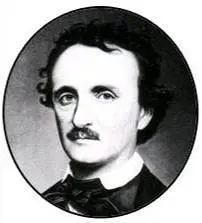
Contents
The Poetry Collections
TAMERLANE AND OTHER POEMS
AL AARAAF, TAMERLANE AND MINOR POEMS
POEMS, 1831
THE RAVEN AND OTHER POEMS
UNCOLLECTED POEMS
The Poems
LIST OF POEMS IN CHRONOLOGICAL ORDER
LIST OF POEMS IN ALPHABETICAL ORDER
The Tales
THE COMPLETE TALES IN CHRONOLOGICAL ORDER
THE COMPLETE TALES IN ALPHABETICAL ORDER
The Novels
THE NARRATIVE OF ARTHUR GORDON PYM OF NANTUCKET
THE JOURNAL OF JULIUS RODMAN
The Play
POLITIAN
The Essays
INDEX OF THE COMPLETE ESSAYS
The Non-Fiction
THE CONCHOLOGIST’S FIRST BOOK
THE LITERATI
MARGINALIA
FIFTY SUGGESTIONS
A CHAPTER ON AUTOGRAPHY
The Letters
INDEX OF CORRESPONDENTS
INDEX OF CORRESPONDENTS, LETTERS AND DATES
The Criticism
EDGAR A. POE by James Russell Lowell.
AN EXTRACT FROM ‘FIGURES OF SEVERAL CENTURIES’ by Arthur Symons
AN EXTRACT FROM ‘LETTERS TO DEAD AUTHORS’ by Andrew Lang
THE CENTENARY OF EDGAR ALLAN POE by Edmund Gosse
FROM POE TO VALÉRY by T.S. Eliot
The Biographies
THE STORY OF EDGAR ALLAN POE by Sherwin Cody
THE DREAMER by Mary Newton Stanard
MEMOIR OF THE AUTHOR by Rufus Wilmot Griswold
DEATH OF EDGAR A. POE. by N. P. Willis
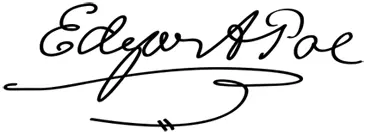
© Delphi Classics 2012
Version 6
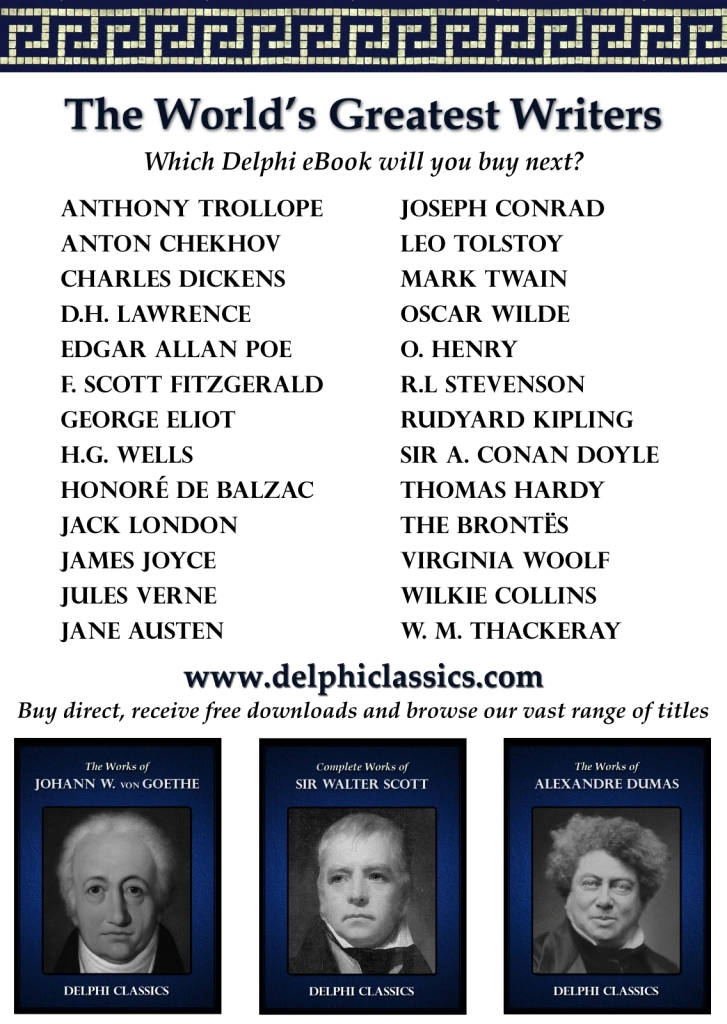
THE COMPLETE WORKS OF
EDGAR ALLAN POE
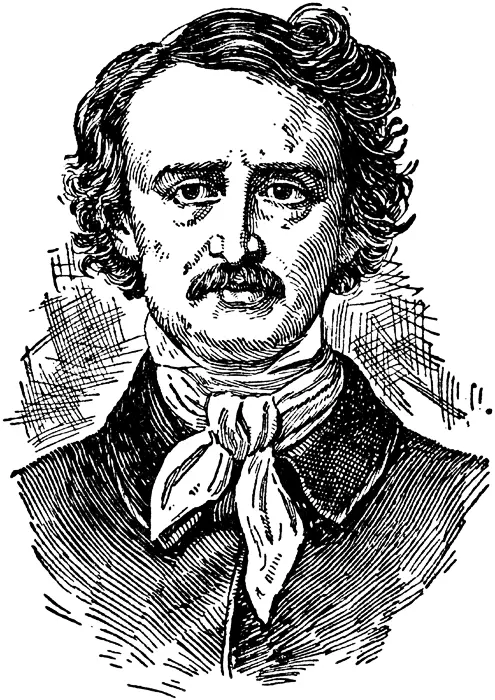
By Delphi Classics, 2012
Interested in Gothic literature?
Then you’ll love these eBooks:
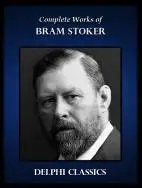
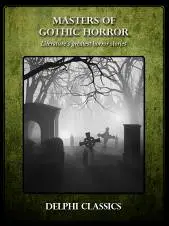
The Poetry Collections
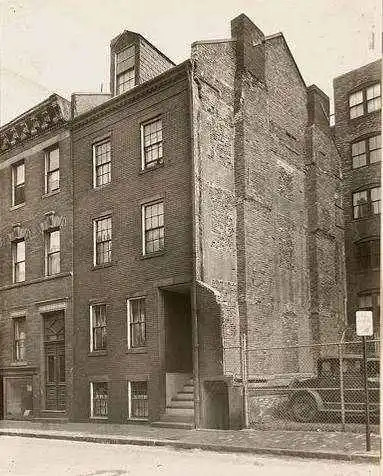
Edgar Allan Poe’s birthplace, Carver Street, Boston
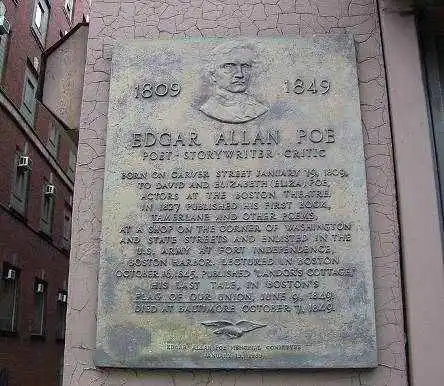
The plaque that marks where Poe was born
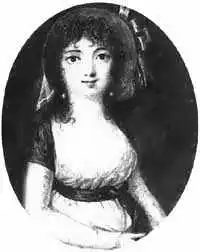
Eliza Poe, the author’s mother, who was actress.
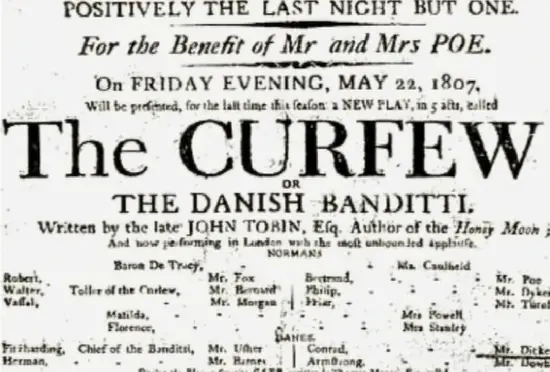
Very little is known of the author’s father David, an actor who abandoned his family
shortly after Edgar’s birth. This play bill contains both of Poe’s parents’ names.
TAMERLANE AND OTHER POEMS

Poe’s first published work was a short collection of poems, which appeared in 1827
under the title Tamerlane and Other Poems. At the time, Poe had abandoned his foster family and moved to Boston to seek work.
Unsuccessful in finding suitable employment, the poet enlisted in the United States
Army. He brought with him several manuscripts, which he paid a printer named Calvin
F. S. Thomas to publish. The 40 page collection did not include Poe’s name and there
were only 50 copies printed, 12 of which still survive. The collection received no
critical attention.
The poems were largely inspired by Lord Byron, including the long title poem Tamerlane, which portrays an historical conqueror that laments the loss of his first romance.
Like much of Poe’s future work, the poems in Tamerlane and Other Poems include themes of love, death, and pride.
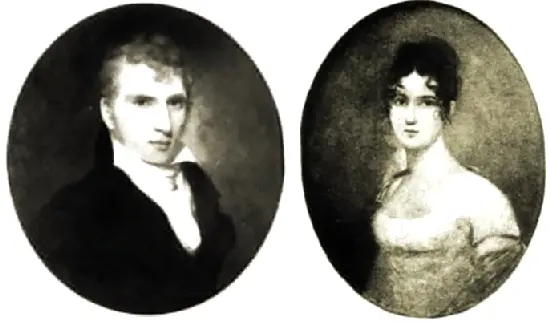
John and Frances Allan — Poe’s wealthy foster parents, who provided for him after
his mother’s early death from tuberculosis
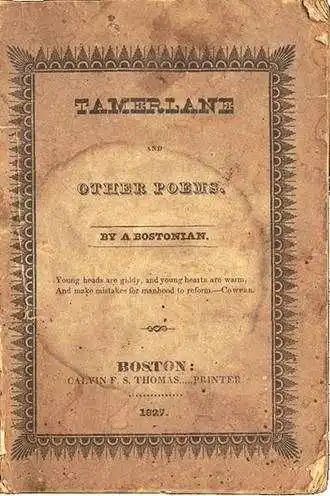
The first edition cover of Poe’s first book of poetry
CONTENTS
TAMERLANE (1827)
FUGITIVE PIECES.
TO — —
DREAMS.
VISIT OF THE DEAD.
EVENING STAR.
IMITATION.
COMMUNION WITH NATURE
A WILDER’D BEING FROM MY BIRTH
THE HAPPIEST DAY — THE HAPPIEST HOUR
THE LAKE.
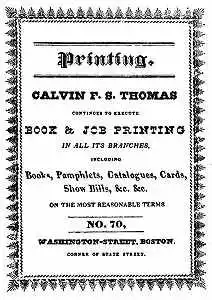
This advertisement was printed on the back cover of the booklet
PREFACE BY THE EDITOR.
THE same year that witnessed the publication, at Louth in Lincolnshire, of Alfred
Tennyson’s first schoolboy volume of verse also gave birth, at that literary capital
of the United States of America which takes its name from another Lincolnshire town,
to Edgar Poe’s maiden book. Unlike the sumptuous and elegant “Poems by Two Brothers,”
however, which the adventurous publishers actually had the temerity to issue in large-paper
form as well as in the ordinary size, Edgar Poe’s volume (if it can be dignified with
that designation) is the tiniest of tomes, numbering, inclusive of title and half-titles,
only forty pages, and measuring 6⅜ by 4⅛ inches. Its diminutiveness, probably quite
as much as the fact that it was “suppressed through circumstances of a private nature,”
accounts for its almost entire disappearance. The motto on the title-page purports
to be from Cowper: that from Martial, which closes the Preface (Nos hæc novimus esse nihil), was, by a curious coincidence, the very same that figured on the title-page of
Alfred and Charles Tennyson’s Louth volume.
In 1827, when the little “Tamerlane” booklet was thus modestly ushered into the world,
Poe had not yet attained his nineteenth year. Both in promise and in actual performance,
it may claim to rank as the most remarkable production that any English-speaking and
English-writing poet of this century has published in his teens.
In this earliest form of it the poem which gives its chief title to the little volume
is divided into seventeen sections, of irregular length, containing a total of 406
lines. “Tamerlane” was afterwards remodelled and rewritten, from beginning to end,
and in its final form, as it appeared in the author’s
edition of 1845, is divided into twenty-three sections, containing a total of 243
lines. Eleven explanatory prose notes are added, which disappear in all subsequent
editions. A critic whose familiar acquaintance with the text of Poe gives weight to
his verdict, declares that although “different in structure, and explaining some things
which, in later copies, are left to the imagination, the Tamerlane of 1827 is in many
parts quite equal to the present poem.”
Of the nine “Fugitive Pieces” which follow only three, and these in a somewhat altered
form, were included by the author in his later collection. The remaining six have
never been reprinted in book form, although they were, together with a few extracts
from the earliest version of “Tamerlane,” printed (so incorrectly, however, as to
be practically valueless,) in a magazine article on “The Unknown Poetry of Edgar Poe,”
contributed by Mr. John H. Ingram to Belgravia for June 1876.
I have no desire to disparage or underrate, and have already taken occasion to render
tribute to, the worthy and loyal service and labour of love performed by Mr. Ingram,
with zeal if not always with discretion, on the text of Poe, and still more notably
in clearing his life and memory from the aspersions of contemporary calumniators.
But, in justice both to myself and to others, I am compelled to repudiate and refute
the untenable and, as it seems to me, preposterous claim recently put forward by him
in the columns of a leading literary journal, to be the discoverer of the first edition
of Poe’s Tamerlane, and to possess a sort of moral right of monopoly over it.
The facts are simply these, and had I been allowed, as in all fairness I ought to
have been, to disclose them in the columns of the journal which gave insertion to
Mr. Ingram’s ex parte statement, I need not have troubled the reader with them here. First as to discovery.
The only copy of Edgar Poe’s 1827 volume at present known to have escaped destruction,
came into the possession of the British Museum on the 10th October 1867, which date
is (according to custom) officially impressed in red, at the end of the volume, i.e., at the bottom of page 40, under the last note. I believe I am correct in stating
that Mr. Ingram did not commence his work on the text of Poe until several years after
this: it was certainly not until nearly nine years after that he communicated to the
public his account of the “Tamerlane” volume, with extracts, first to Belgravia for June, 1876, and afterwards to the Athenæum for July 29, 1876. The extracts in the Athenæum were limited to four lines of verse, and an imperfect transcript of the title; but
the paper in Belgravia contained copious extracts from the longer poem of “Tamerlane,” and of the nine “fugitive
pieces,” the six suppressed ones were given in extenso.
1 comment